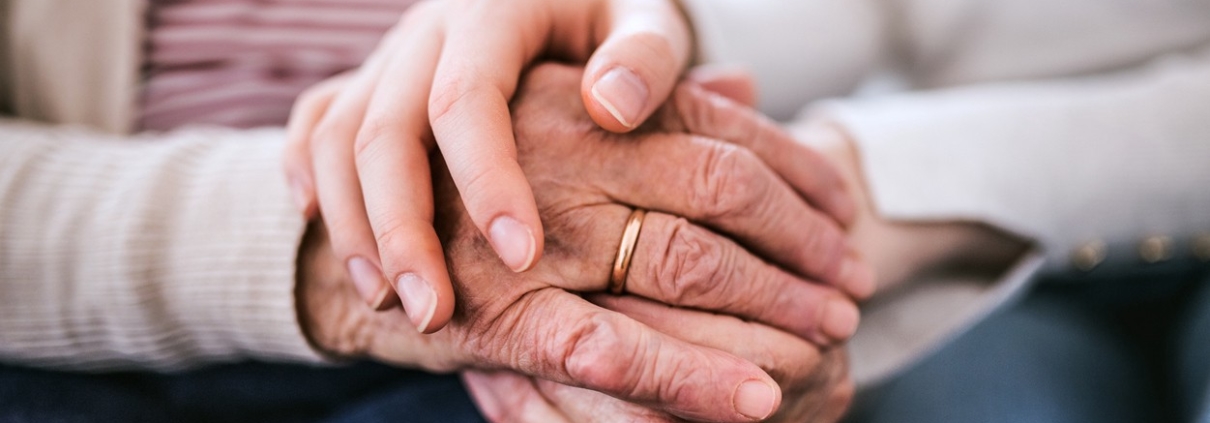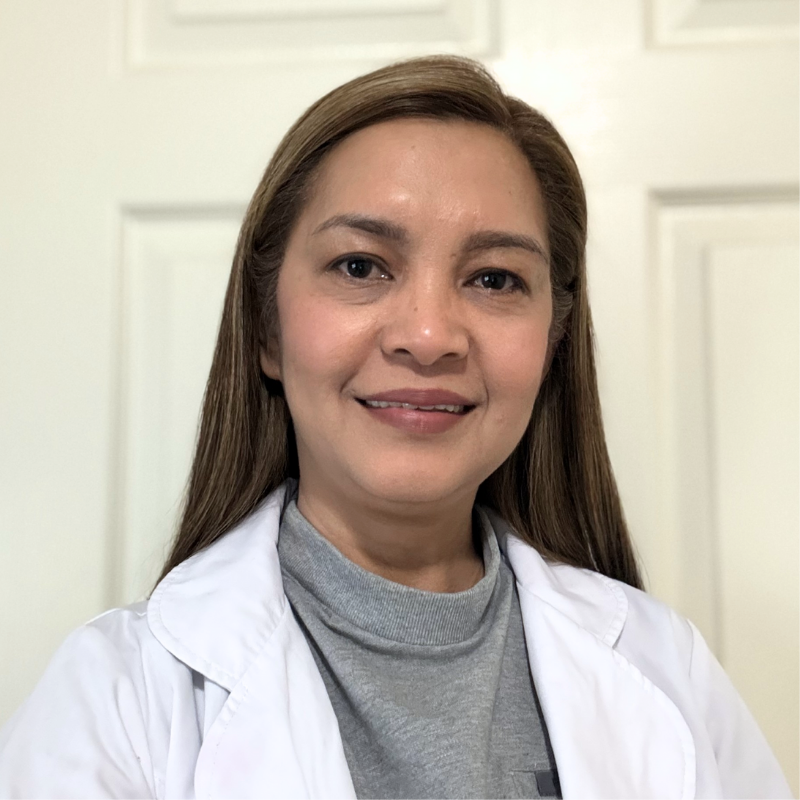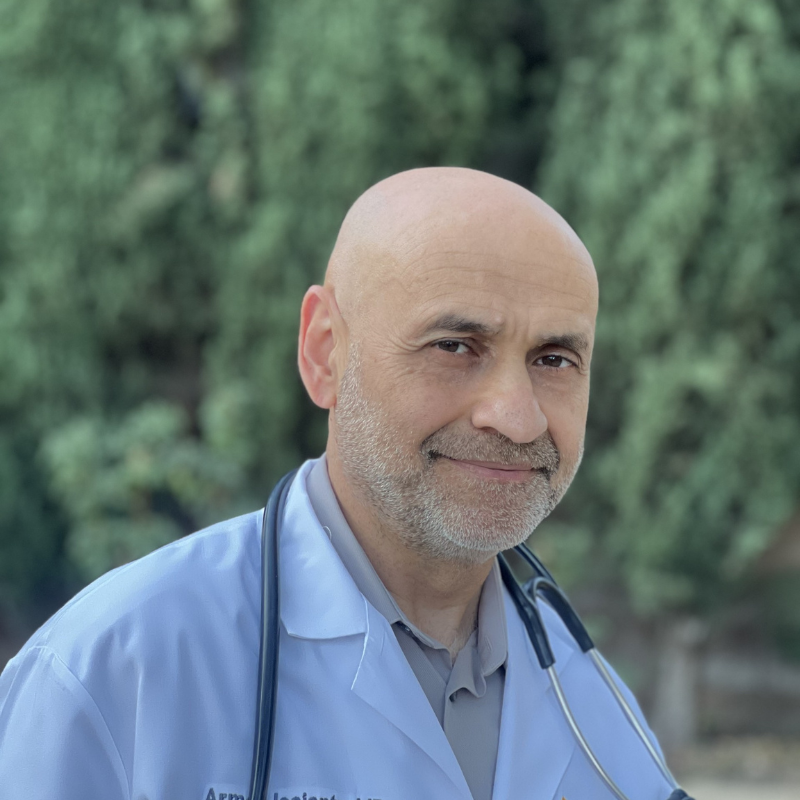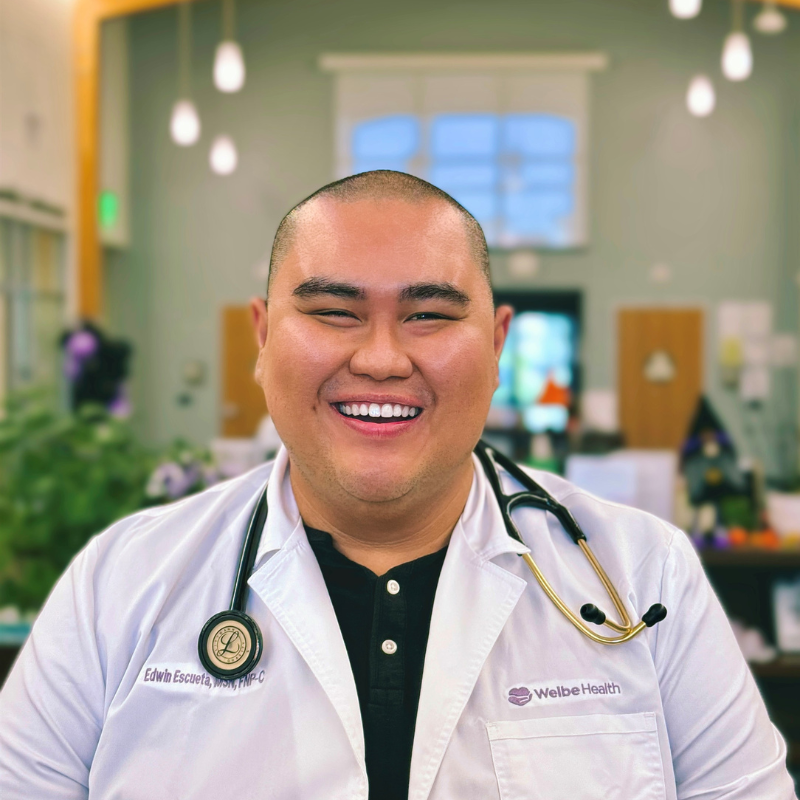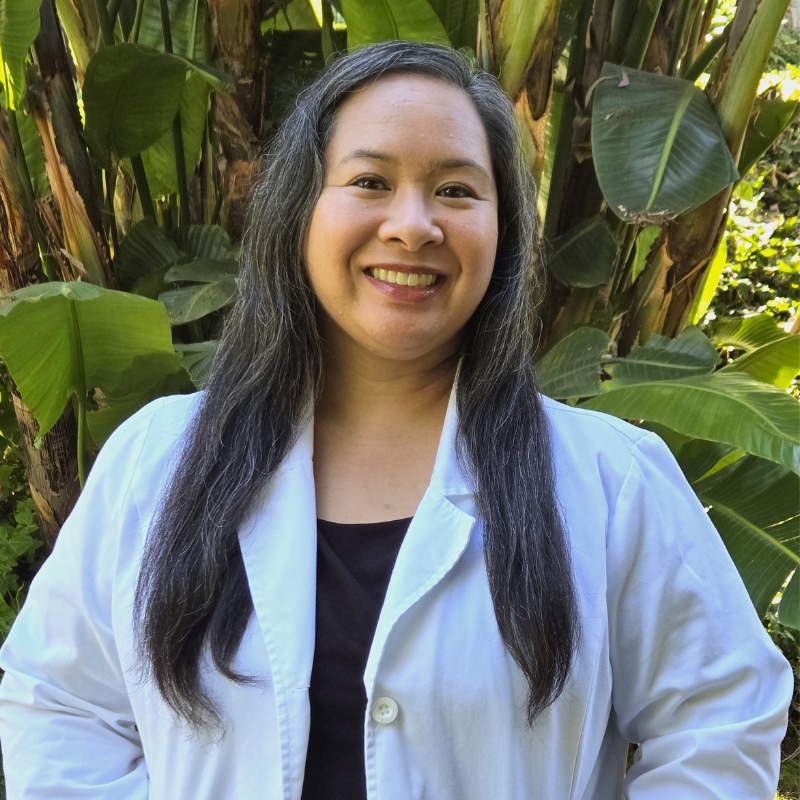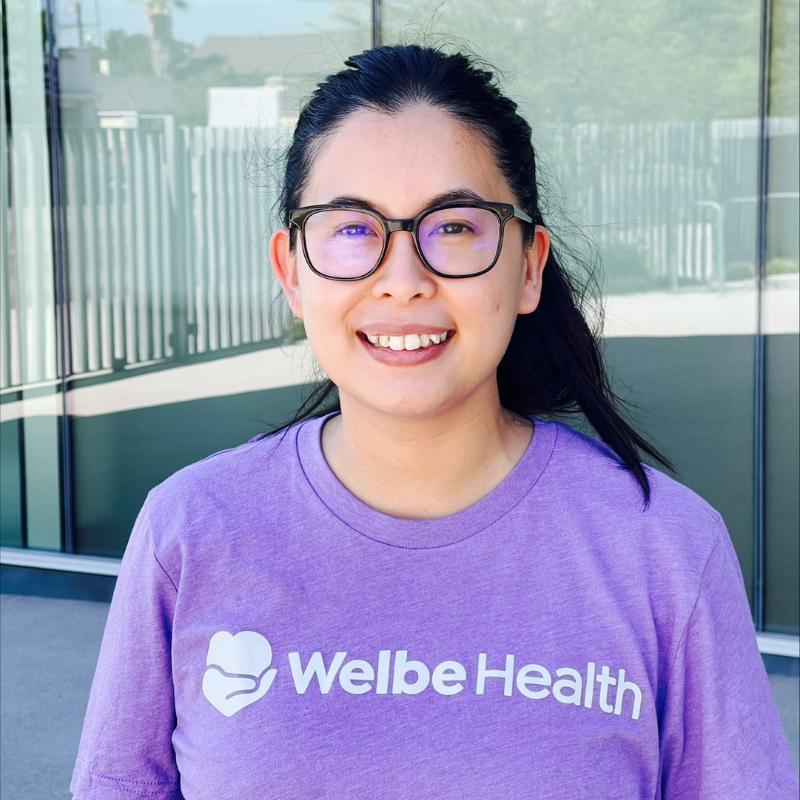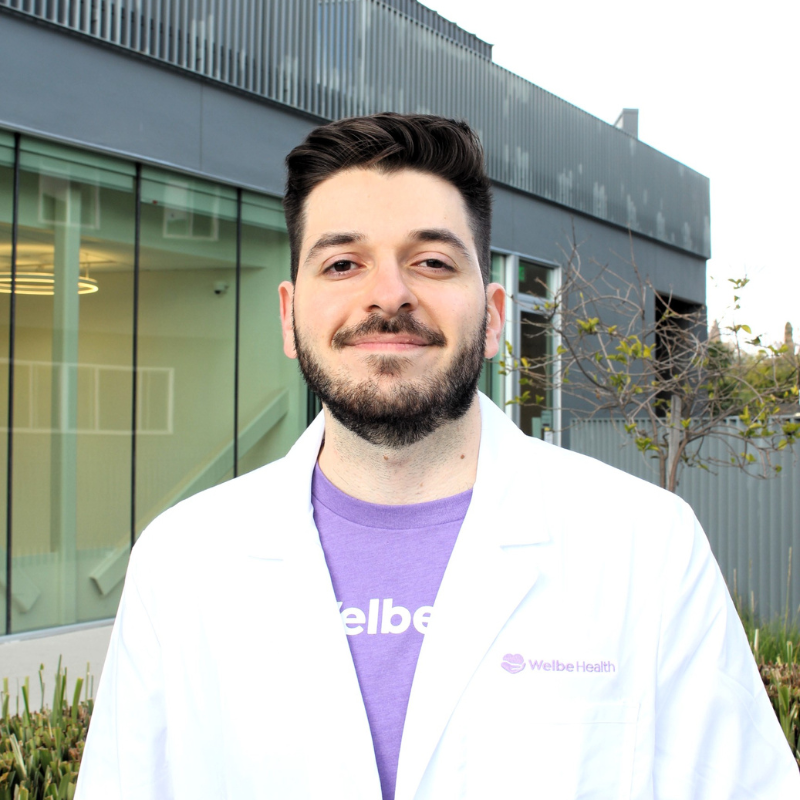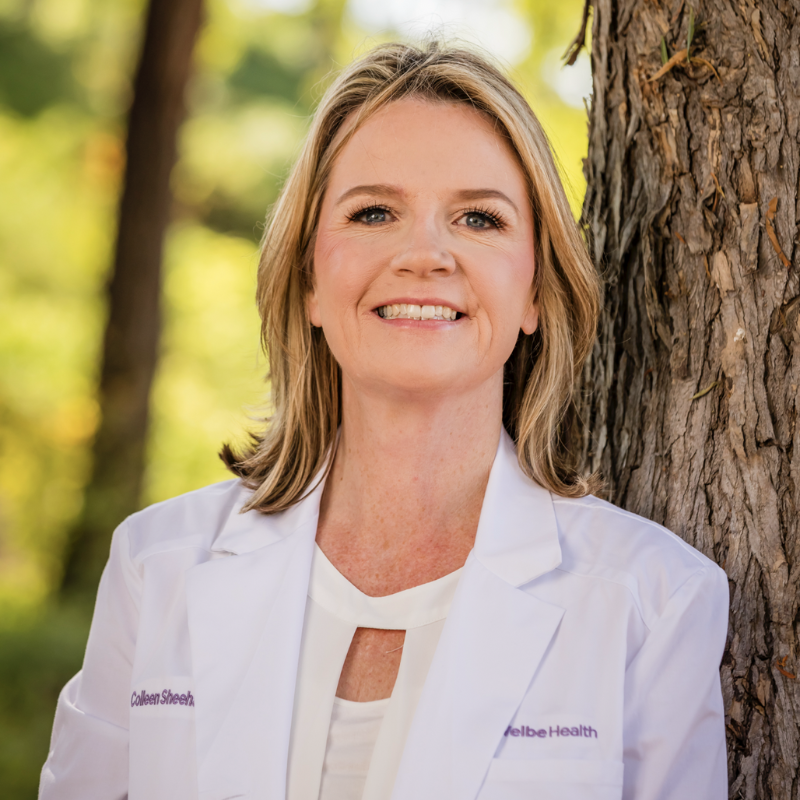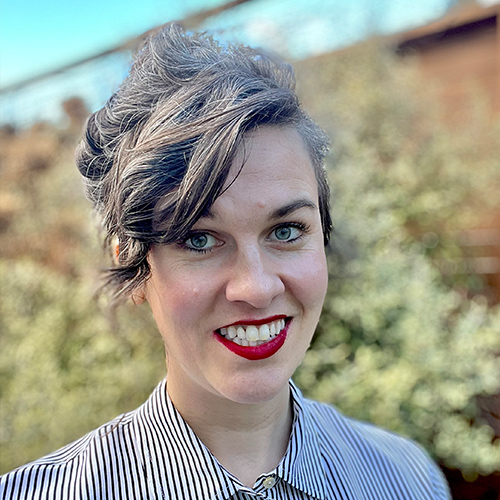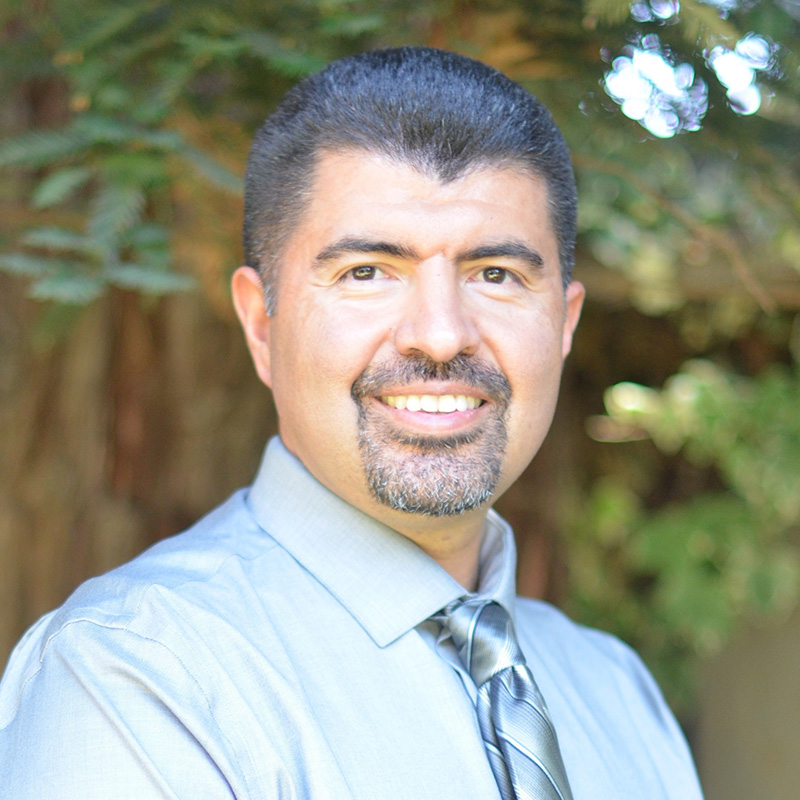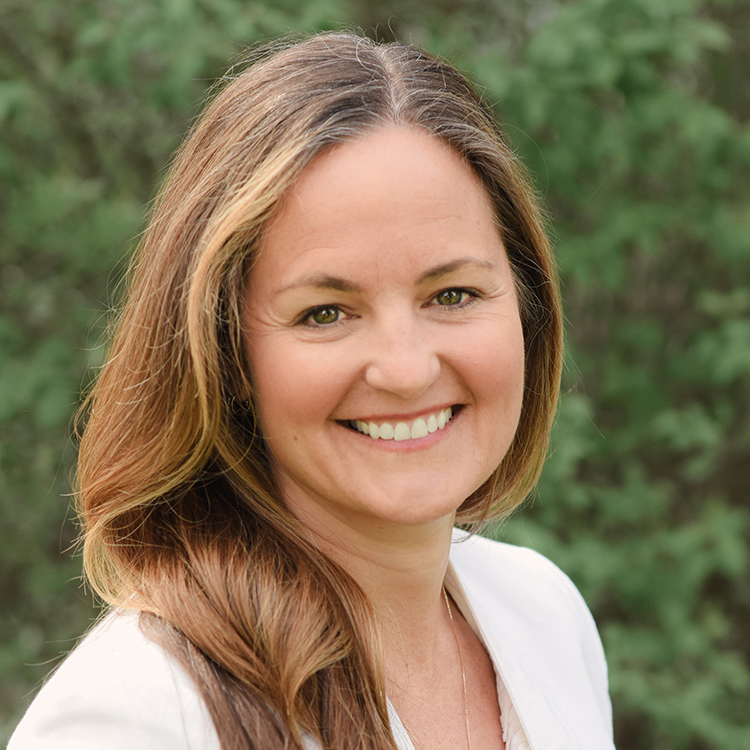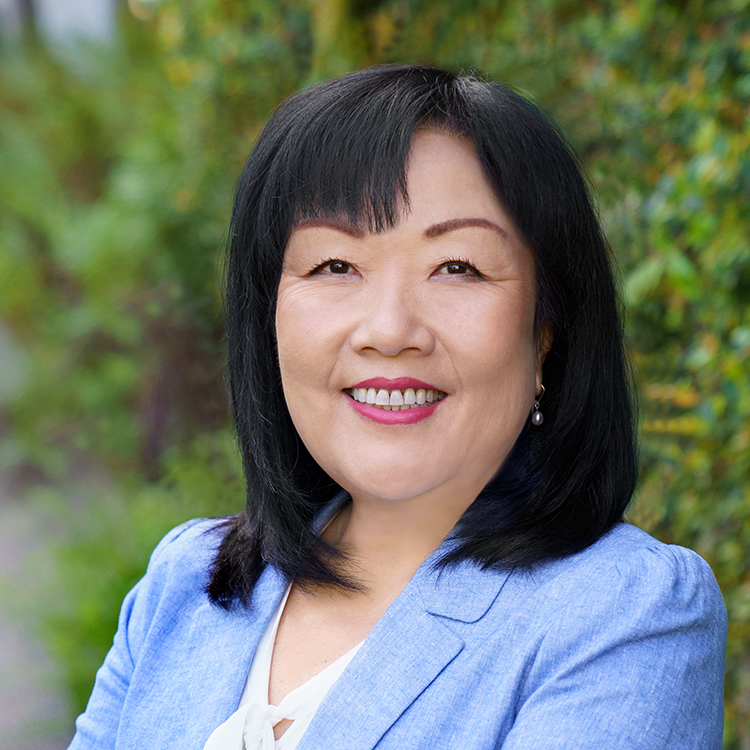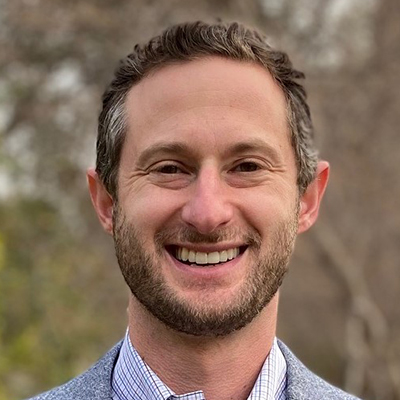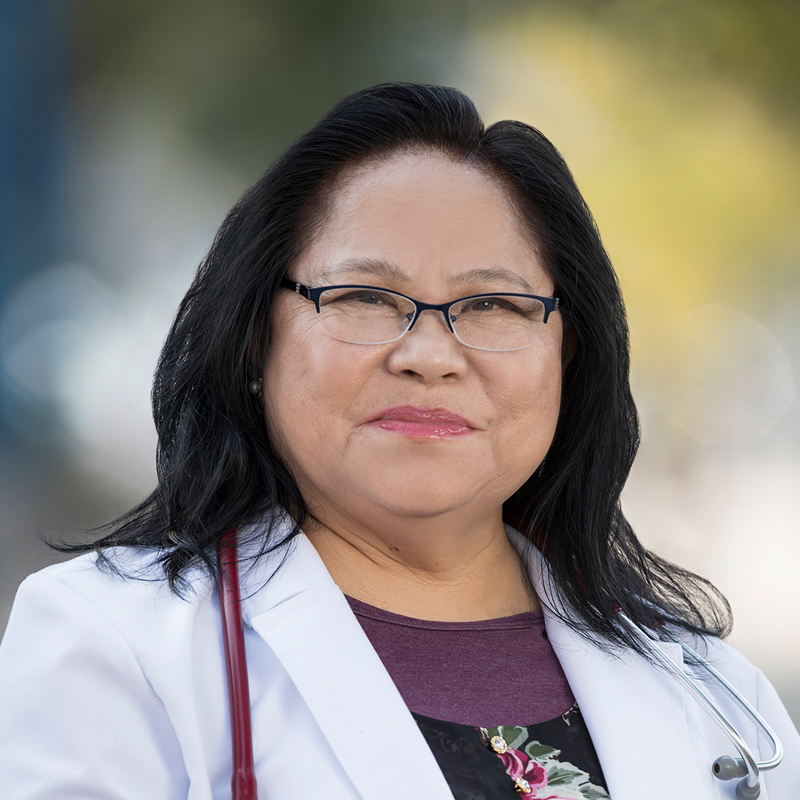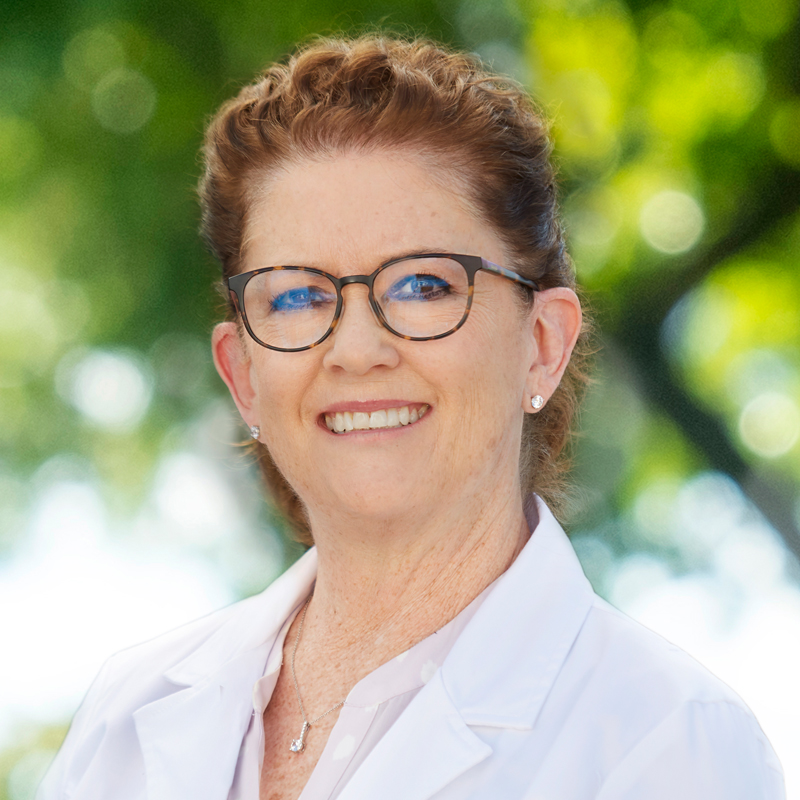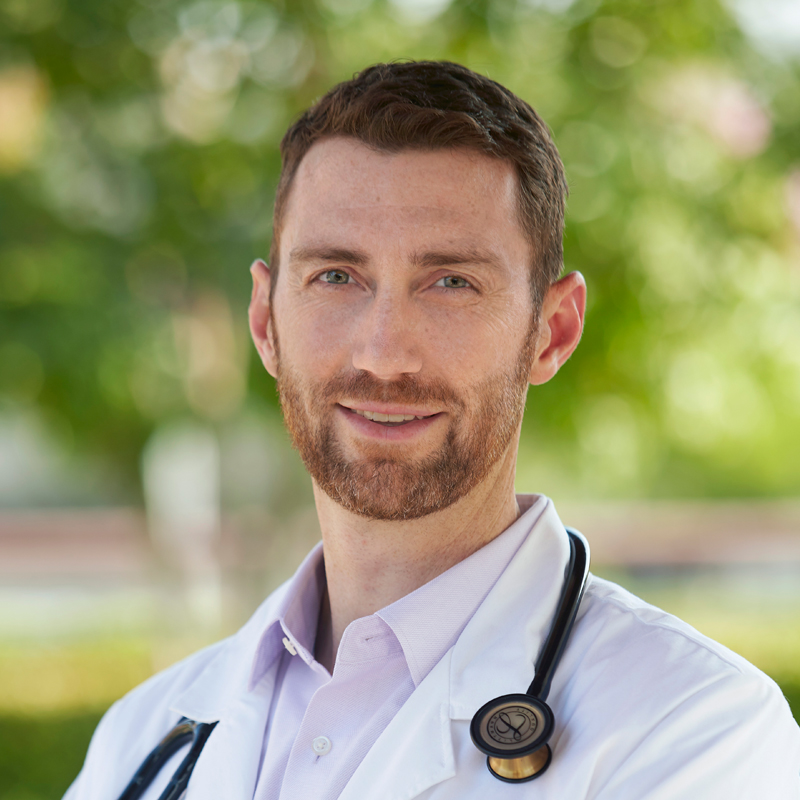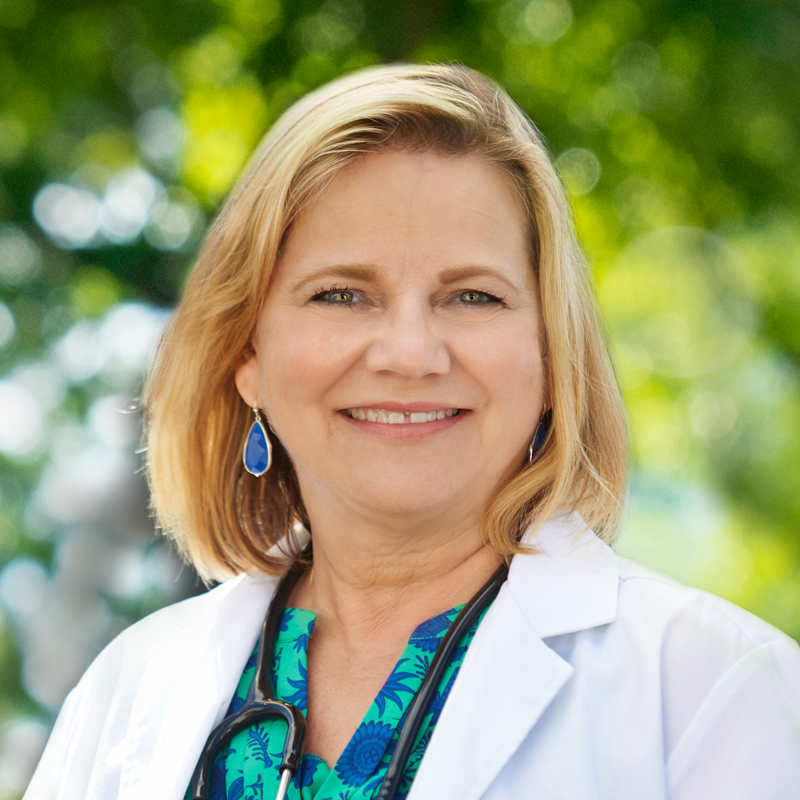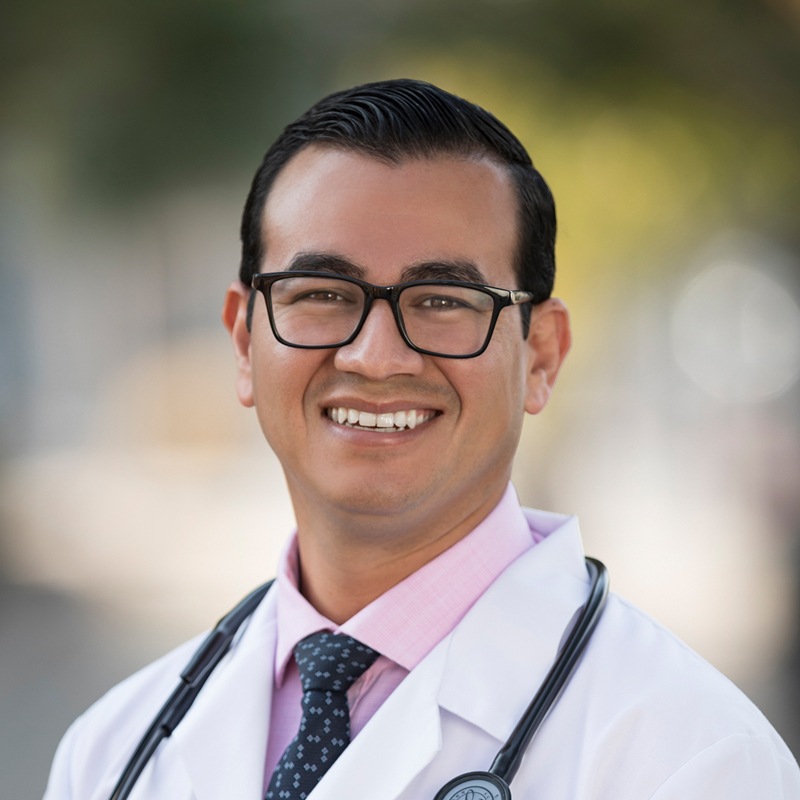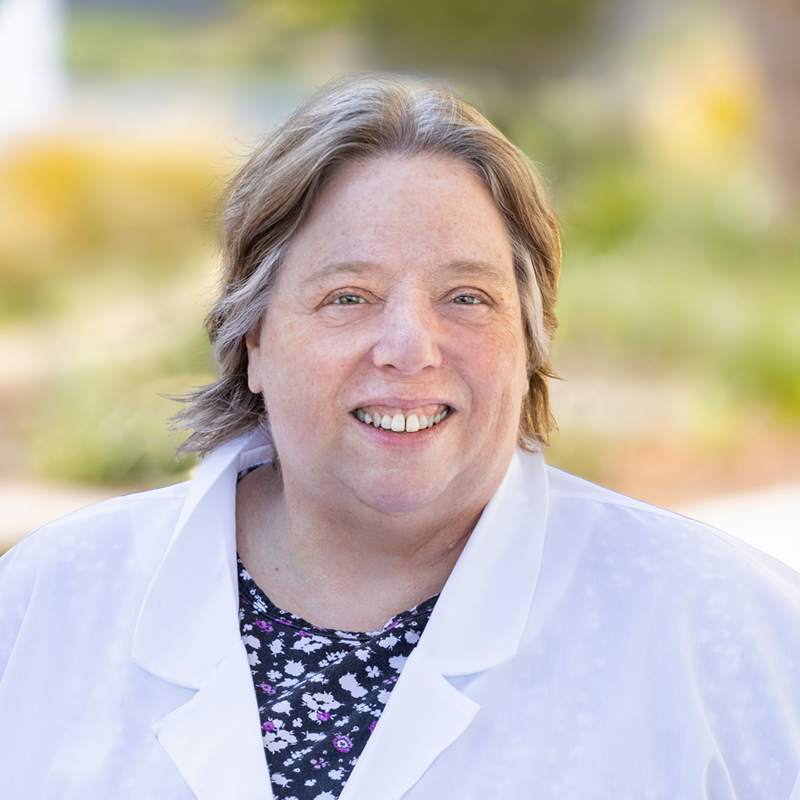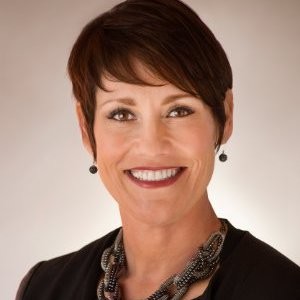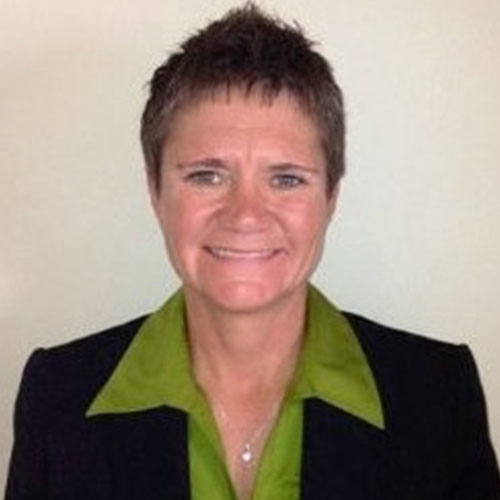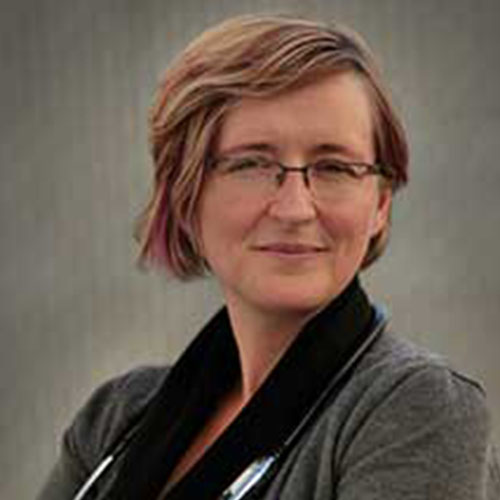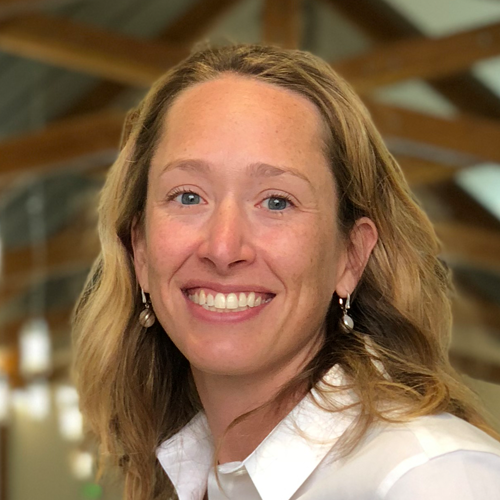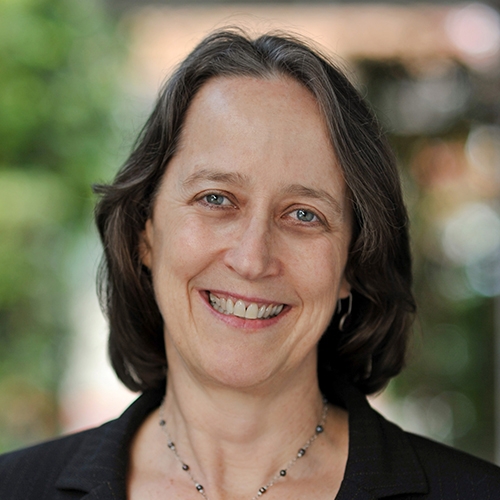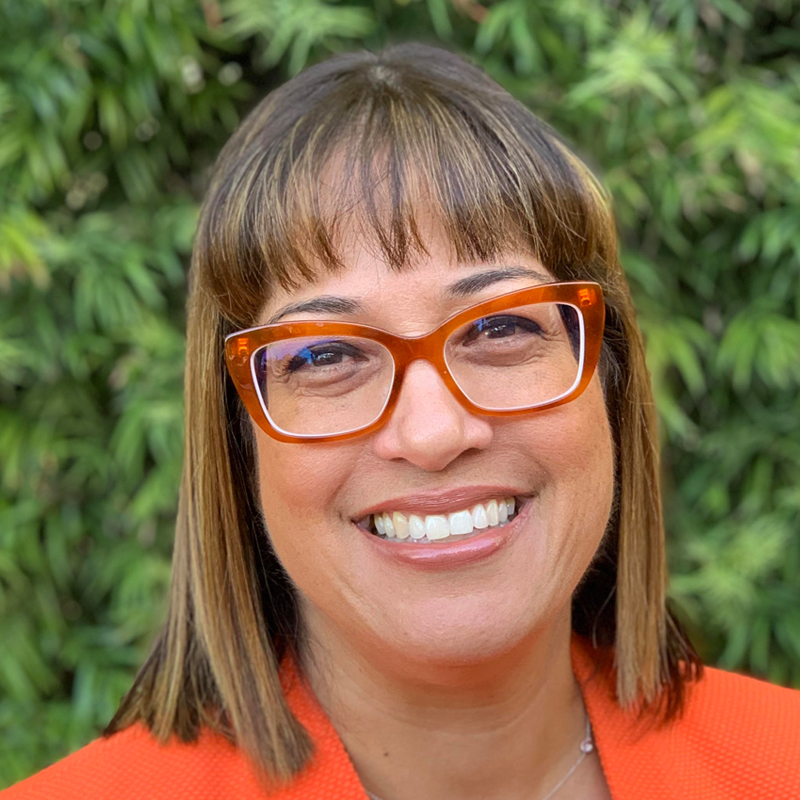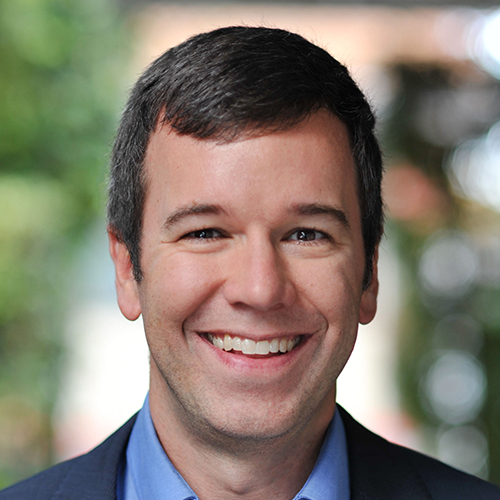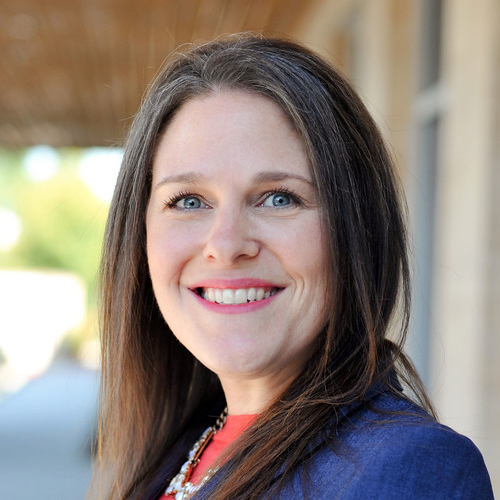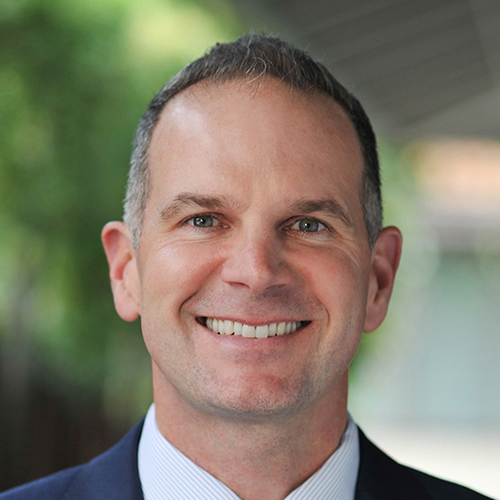Weighing alternatives to nursing home care for seniors
After trying to care for elderly loved ones during COVID-19 pandemic, many families are weighing alternatives to nursing home care. Choosing care that allows the elders to remain at home instead of nursing home care has become a theme across the country.
When choosing an alternative to nursing home care, consider these three factors: safety, family support, and cost.
Senior Safety
As families research care for their aging loved ones, safety is a top priority. Group living situations can pose a risk because of the number of people living in one building, often in shared rooms. This can make it easier for viruses like the flu and COVID-19 to spread. Seniors who can live in their own home may be less likely to contract infectious diseases.
Access to a care team can help seniors live safely in their own home. A care team of physicians, nurses, social workers, therapists, and aides is core to the Program of All-Inclusive Care for the Elderly (PACE), which delivers innovative home-based care to seniors who are eligible for nursing-home level of care. These services include primary care, physical therapy, medication management, transportation, dental care, and more. In the wake of the pandemic, the PACE model of care proved to be significantly safer for seniors with 80 percent lower infection rates than in nursing homes.
Family Support
Many spouses and adult children take on the role of caregiver for elderly loved ones, learning to manage medications, assist with personal care, and more. Caring for an aging loved one is often a role taken on without hesitation. But caregivers can face stress while caring for their aging loved ones, sometimes leading to caregiver burnout.
As families search for safe alternatives to nursing home care, the PACE model of care has gained increasing attention. PACE works with families and participants to create a care plan that meets each senior’s needs. In addition to medical care, PACE addresses challenges such as nutrition and mental health. To continue strong support during the pandemic, some PACE organizations use tablets for telehealth and have increased home visits.
Respite care, appointment coordination, and assistance with daily living activities are a few of the ways that WelbeHealth supports families. Over 97 percent of caregivers would recommend the PACE care model.
Cost of Care
The national median cost of a private nursing home room is over $100,000 per year. Government programs may help lower the cost, but it is often a complex process to qualify. The PACE model costs California an average of $1,000 less per person each month compared to nursing home care.
The preventive care provided by PACE helps keep participants out of hospitals and nursing homes, allowing them to remain in their homes safely. The majority of older adults in PACE are dual eligible for Medicare and Medi-Cal, which means most participants receive care at no cost or at their Medi-Cal share of cost.
The PACE Model of Care
Older adults and their families are looking for new ways to help frail seniors safely age in their homes. The PACE model has proven to be an ideal alternative to nursing home care. The program is meeting the growing needs of seniors by providing safe, supportive, affordable, and all-inclusive care to seniors in their homes.
To learn more about WelbeHealth’s PACE model of care, visit welbehealth.com.

